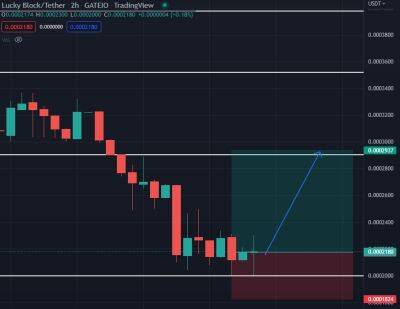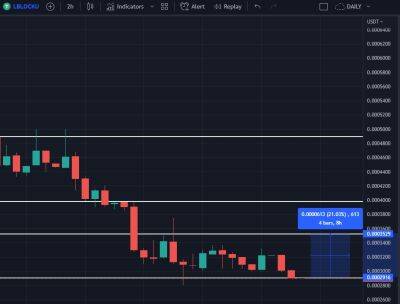Polkadot (DOT) Price Prediction 2025-2030: DOT’s $200-target is gettable if…
Disclaimer: The datasets shared in the following article have been compiled from a set of online resources and do not reflect AMBCrypto’s own research on the subject.
Polkadot (DOT) is the 11th largest cryptocurrency in the world. It was launched in mid-2020 by Gavin Wood, Robert Habermeier and Peter Czaban.
In a recent blogpost, the Polkadot community unrolled the updates regarding its Roadmap Roundup. The post detailed the development of Asynchronous Backing that is aimed at achieving three things – Decrease the parachain block time to 6 seconds, increase the amount of block space available to each block by a factor of 5-10, and allow parachain blocks to be reused when they don’t make it onto the relay chain in the first attempt.
It also predicted that this update would bring the transactions per second (TPS) capacity of the network in aggregate to 100,000-1,000,000.
Prior to its launch, the Polkadot project had raised over $144.3 million through the Web3 Foundation in an ICO itself in October 2017. DOT was trading at $6.30 in August 2020 and kept oscillating between $4 and $5 throughout the rest of 2020.
The crypto bloom of 2021 proved to be wondrous for Polkadot too. Throughout the year, it remained bullish and reached its ATH of $55 in November. Similarly, the crypto crash witnessed in the second quarter of 2022 impacted its performance adversely. By mid-July, it was trading at just a little above $6.
A proof-of-stake (PoS) blockchain, Polkadot recently upgraded to the v9270 version that was reflected in some upward movement in its price. A few days back, its performance was rather resurgent. But with the Merge, Ethereum has emerged as a serious competitor of Polkadot as an alternative PoS blockchain and DOT’s price
Read more on ambcrypto.com





















